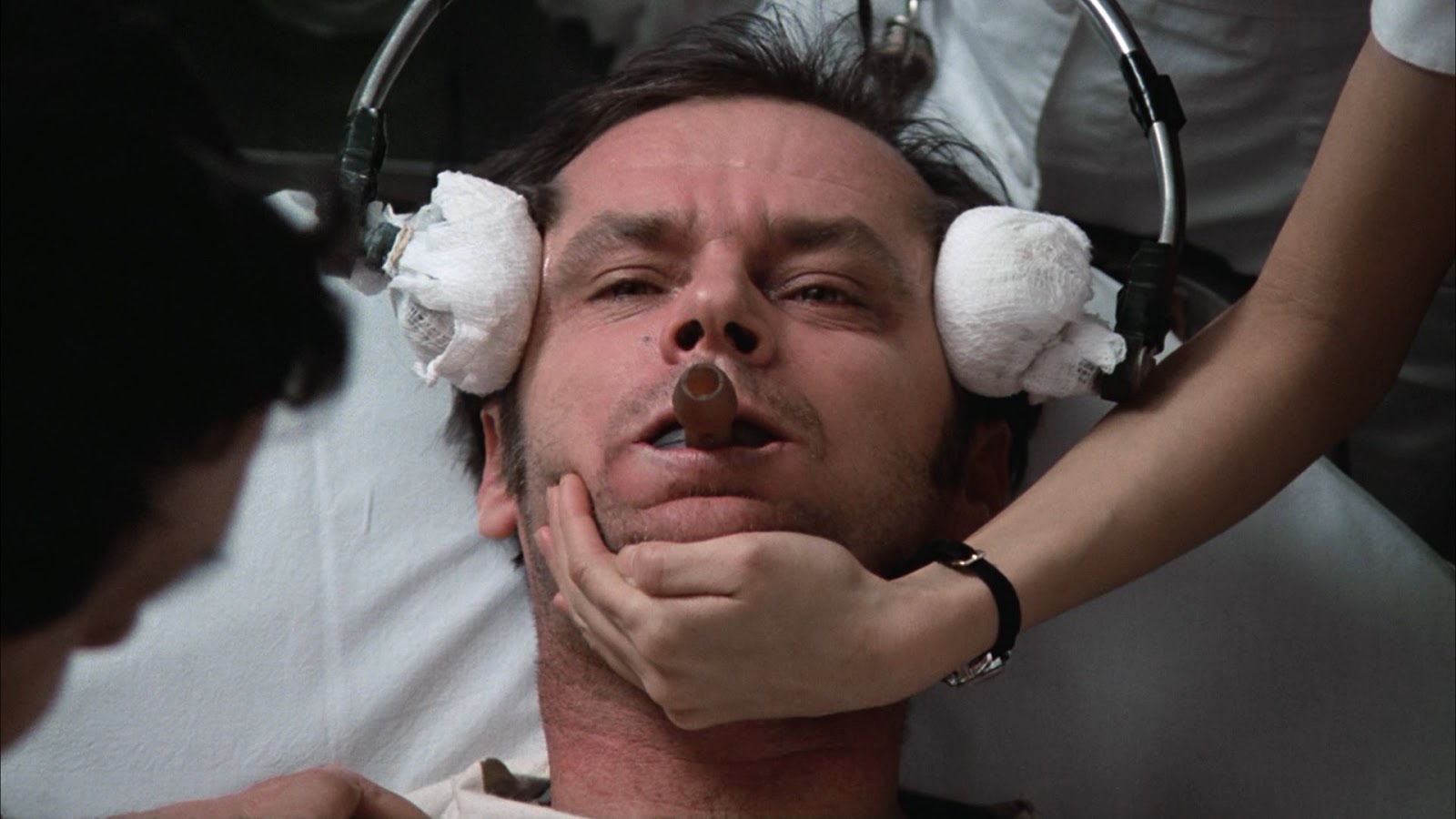/what-is-positive-punishment-27954111-5bad1da04cedfd0026bc08b2.png)
When learning operant conditioning, it is easy to confuse the difference between punishment and reinforcement as well as if the punishment or reinforcement is positive or negative. Reinforcement is when a stimulus, “increases the frequency of the,” desired behavior (T.S.). Punishment is when a stimulus is added or removed which would result in the behavior to decrease in frequency. Reinforcement and punishment both can be either positive or negative. Despite what it may seem to mean, positive in this sense, does not mean that it is good. When a reinforcement or punishment is positive it means that a stimulus is being added. In contrast, when a reinforcement or punishment is negative it means that a stimulus is removed. Shock therapy is a medical treatment to relieve patients suffering from a mental disorder by sending a small amount of electricity to the brain. Knowing this, we can deduce that shock therapy is an example of positive punishment. Shock therapy is positive because a stimulus, the shock, is being added. Shock therapy is also punishment because this treatment is given in order to decrease the patients the frequency of the patient’s behavior. For example, If someone who was depressed received shock therapy, they would do so to become less depressed. In the book, One Flew Over the Cuckoo’s Nest, by Ken Kesey Nurse Ratched uses shock therapy as punishment when she believes one of her patients has done something bad and does not want them to act that way again.
Electroconvulsive therapy. (2007). In World of Health. Detroit, MI: Gale. Retrieved from https://link.galegroup.com/apps/doc/CV2191500419/SCIC?u=sacred&sid=SCIC&xid=447d5b37
T., S. (n.d.). What is the difference between reinforcement and punishment in operant conditioning? Retrieved January 28, 2019, from https://www.mytutor.co.uk/answers/8603/A-Level/Psychology/What-is-the-difference-between-reinforcement-and-punishment-in-operant-conditioning/





